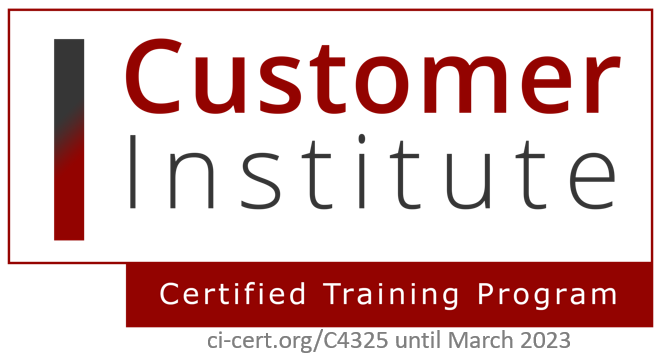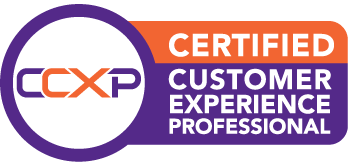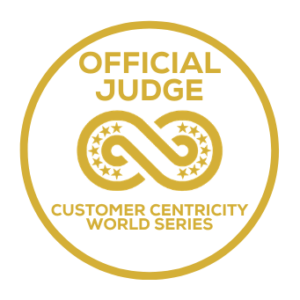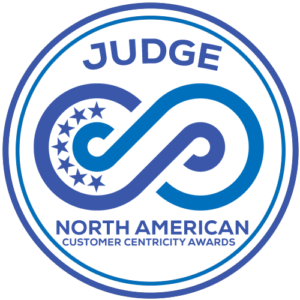- Why perception and happiness chemicals DOSE matter in business and life
- What are the happiness chemicals?
- 1 Dopamine or The Reward or Motivation Molecule
- 2 Oxytocin or Trust or Bonding Hormone
- 3 Serotonin or “confidence” molecule
- 4 Endorphin or Pain-Killing Molecule
- How can we leverage the link between perception and happiness chemicals
- How can we leverage the link between perception and happiness chemicals
- How can we activate each chemical in business and in life
- 1 Dopamine: ways, image summary, “laugh & learn” recording
- 2 Oxytocin: ways, image summary, “laugh & learn” recording
- 3 Serotonin: ways, image summary, “laugh & learn” recording
- 4 Endorphin: ways, image summary, “laugh & learn” recording
- Questions for ReflectAction and learning
- How can I help you bring more Happiness into your life and work?
Why perception and happiness chemicals DOSE matter in business and life
Is there a link between perception and happiness chemicals, and why does that matter for business and growth?
As a Customer Experience Professional, a lot of my work has revolved around understanding and acting upon customer insights and helping others understand what “customer experience” actually is. As a Happiness Trainer Professional, a lot of my work revolves around understanding and applying the latest findings from neuroscience and the science of Happiness to the world of business.
The most inclusive and accepted definition of Customer experience ishow your customers perceive their interactions with your company; where
- Perception: it’s how your customers think and feel about what you do.
- Interactions: the experience encompasses all of the interactions with – and about! (hence also what customers hear from others) – your organization
As I have shared in earlier posts, there is so much more to the word “perception” than we can capture in models and frameworks, yet I have been working on one for the past few years. I call it the “Human Perception Spiderweb” and it includes all the different elements I have seen in my data analysis and experience over the past 20 years.
As CX/EX professionals, we need to be aware of these elements because they impact our customer’s and employee’s perception, and since their perception of the experience becomes their reality, any experience management work needs to take into account perception and understand how we can influence it.
As individuals – as I have learned as part of my personal growth – we can’t always change what happens to us, but we can always change how we perceive it and how we react to it. And this requires:
- Awareness of what does influence our perception
- Knowledge of and practice of the “tools” we can use to influence our individual dimensions.
Our perception as human beings is influenced by:
- Six “Interaction dimensions”: these include elements specifically at play in the interaction, such as:
- Effectiveness: are needs fulfilled?
- Easiness: how much effort is required?
- Emotions: which emotions are triggered?
- Values: how relatable are the person/company I’m interacting with?
- Value versus cost: the ratio between value received from interaction and its cost
- Timing: how quickly is the issue solved and/or the answer provided
- Three “context dimensions”: we tend to relate any interactions with three references:
- Expectations
- Comparison with previous experiences (with you or with competitors)
- Alternatives available
- Four “individual dimensions”: these relate to the specific status in which we are at any given moment and are the aspects that I still see most missing or ignored in the business world, hence they are the ones I first want to address in more detail, starting with the happiness chemicals DOSE, also considering that May is Mental Health Awareness month and that this DOSE plays a critical role in mental health too.
The main sources for this blog post are:
Cleveland Clinic and Health Direct websites, Loretta Breuning’s website and her books:
- Habits of a Happy Brain: Retrain Your Brain to Boost Your Serotonin, Dopamine, Oxytocin, & Endorphin Levels by Loretta Graziano Breuning
- 14 Days to Sustainable Happiness, a workbook for every brain by Loretta Graziano Breuning
and my own book Yellow Goldfish Factor (co-authored with Stan Phelps) and the research done while writing it.
What are the happiness chemicals?
I started to look into the link between perception and happiness chemicals while writing Yellow Goldfish because one of the 5 aspects of Happiness that Stan and I cover is happiness as a result of chemical reactions happening in our body.
Happiness comes from specific brain chemicals that evolved to do a job, not to flow all the time for no reason. Each chemical or neurotransmitter has a specific role, and our entire neurochemical operating system has evolved to motivate and support survival behavior. Because these chemicals are released in short spurts, they are soon metabolized, so we always have to do more to get more. We try to stimulate good feelings in ways that worked before, and we can increase our sustainable happiness by finding healthy ways to stimulate these chemicals.
There are 4 main chemicals of happiness fitting the acronymous DOSE: Dopamine, Oxytocin, Serotonin, and Endorphin:
- Dopamine is our brain’s signal that a reward is at hand. The joyful, excited feeling is released when you approach something that meets an unmet need.
- Oxytocin is the good feeling of social trust. It’s released when we find the safety of social support, or when we hug someone.
- Serotonin is calm confidence in your ability. It’s released when we pursue things that reinforce a sense of purpose, meaning, and accomplishment, and when we relax or think of happy memories.
- Endorphin is released when we exercise and when we laugh.
Experiences that release the DOSE neurochemicals make us happy, and that makes us want more of the same. For this reason, we ultimately purchase what makes us HAPPY (or we expect it will) from people we TRUST.
That is why it is a sustainable (and desirable) path to growth and profitability, that companies design and deliver experiences in a way that provides customers and employees a high DOSE of happiness.
Let’s look at each of these chemicals in more detail.
1 Dopamine or The Reward or Motivation Molecule
It’s a neurotransmitter made in our brain and acts as a chemical messenger, communicating messages between nerve cells in our brain and our brain and the rest of our body. Dopamine also acts as a hormone. It’s linked to or involved with 5 main functions:
- Motivation, Mood & Energy: Dopamine is responsible for reward-driven behavior and pleasure-seeking. It energizes the brain; enables us to stay focused, energized, and motivated; reduces procrastination, and allows us to feel enjoyment from the world around us.
- Needs fulfillment: Dopamine energizes you when you find a new way to meet a need. It’s the brain’s signal that a reward is at hand. The great feeling motivates the body to invest effort in pursuit. Dopamine is triggered by things that promote survival in the state of nature (food, mating opportunity), and anything associated with the rewards you’ve experienced before. Neurons connect when dopamine surges, which wires you to expect a reward in similar settings and to keep doing that activity. These connections trigger a good feeling with each step closer to a prize. This mechanism motivates us to do what it takes to meet our needs. This is also the area that is most at play during interactions with businesses and is influenceable by companies, because we interact with them to fulfill a need. And it’s why Stan Phelps and I have dedicated the entire WHAT section of our book Yellow Goldfish to the 9 Yellow Factors that companies can use to fulfill needs by applying the science of happiness
- Memory & Perception: Dopamine also affects memory, learning processes, and how we retain information. It is also the central chemical in your brain that regulates how you perceive and experience pleasure.
- Behavior & Addiction: This neurotransmitter is released during pleasurable moments or situations (eating tasty food, drinking alcohol, doing pleasurable activity, browsing internet, …) which causes a person to seek out a desirable activity over and over again. That is why some dopamine-giving activities (like gaming or scrolling social media) can become addictive. Many ways to stimulate dopamine are not sustainable because they hurt us in the long run. Laughter Yoga is a sustainable and NON-addictive way to get dopamine.
- Anticipation: Dopamine turns on before we actually get a reward. We anticipate the pleasure of meeting the need thanks to a dopamine pathway. The good feeling motivates us to invest the effort necessary to get something. Even when we don’t know what we’re looking for, dopamine motivates us to explore because we anticipate a good feeling. Dopamine releases energy, and that fuels the chase.
❌ Having low levels of dopamine can make us less motivated and excited about things. It’s linked to some mental illnesses including depression, schizophrenia, and psychosis.
Having too much dopamine — or too much dopamine concentrated in some parts of the brain and not enough in other parts — is linked to being more competitive, aggressive, and having poor impulse control. It can lead to conditions that include ADHD, binge eating, addiction, and gambling, or actual illnesses like Parkinson’s disease, where the nerve cells that produce dopamine gradually die, which leads to problems with muscle stiffness and movements.
The symptoms of a dopamine imbalance depend on what is causing the problem. More info on Health Direct
2 Oxytocin or Trust or Bonding Hormone
Also called the “Trust or Bonding Molecule”, “love hormone” or “cuddle chemical”, this hormone functions as a neurotransmitter in the brain and is directly linked to human bonding and increasing social trust and loyalty. Oxytocin promotes survival:
- Because an isolated gazelle is easily seized by predators
- It triggers labor and lactation in mama mammals
When a gazelle is alone, it scans for predators constantly, so it has trouble eating. When a gazelle is with its herd, it feels safe enough to lower its guard and enjoy the grass. It relies on others to notice potential threats. Oxytocin creates the nice and relaxed feeling that we are protected by others. We can relax and lower our guard in the presence of trusted others.
Touch and trust go together because those close enough to touch us are close enough to hurt us. TRUST comes before touch.
In a cyber-world, where we are often “alone together” on our digital devices, it is more important than ever to maintain face-to-face intimate human bonds and “tribal” connections within our community.
Oxytocin acts as a chemical messenger in our brain and has an important role in many human behaviors and social interactions, including: Trust, Romantic attachment, Parent-infant bonding, and Recognition.
❌ Lack of oxytocin can be a major issue for breastfeeding and doing skin-to-skin time with your newborn can be way more effective than a synthetic form of oxytocin, like Pitocin.
Scientists are currently researching the role of oxytocin in various conditions, including: Addiction, Anorexia, Anxiety, Autism spectrum disorder, Depression, and Post-traumatic stress disorder (PTSD).
3 Serotonin or “confidence” molecule
Serotonin, also known as 5-hydroxytryptamine (5-HT), is a neurotransmitter that carries messages between nerve cells in our brain (our central nervous system) and throughout our body (our peripheral nervous system). These chemical messages tell our body how to work.
Serotonin plays several roles in our body, including influencing learning, memory, and happiness as well as regulating body temperature, sleep, sexual behavior, and hunger.
While dopamine is released whenever we meet our needs in new ways, serotonin is released when is safe to go ahead and meet our needs. Dopamine is mostly stored in your brain while serotonin is found mostly in your gut (intestines): about 90% of serotonin is found in the cells lining your gastrointestinal tract, while only about 10% is produced in your brain.
Serotonin is one of the relaxing chemicals in the brain, and it impacts how we feel about ourselves and the world. Being able to say, “I did it!” produces a feedback loop that reinforces behaviors that build self-esteem, reduce insecurity, and create an upward spiral of serotonin.
We make more of it while we’re happy and less of it while we’re sad—when we would need it most. This dynamic is why, like Gretchen Rubin explains in her book The Happiness Project, acting happy, even if we are not, will eventually start making us happy. Interestingly, research shows that thinking of past happy times creates just as much serotonin as being in a present happy moment.
Serotonin also increases when you gain a social advantage. Mammals compare themselves to others to avoid conflict (which is linked to pain and the release of cortisol) and they seek social dominance because it helps spread their genes (and because the release of serotonin makes it feel good). Mammals make careful decisions about when to assert and when to defer. Serotonin is released when a mammal sees itself in the one-up position or stronger so that the mammal can take action to meet its needs. If a monkey sees itself as weaker, cortisol instead is released and the monkey pulls back.
Serotonin is quickly metabolized by our body and the brain habituates to any status, so it takes a new status to trigger new serotonin. This path is not sustainable.
This mechanism is the reason why some people may actively pursue power and dominance and why power becomes addictive. Power can be some people’s path to happiness, even though one that happens at the cost of another’s happiness as opposed to the win-win Happiness Driven Growth we emphasize in our book. Also, social comparison thoughts are not real facts about the world.
The most sustainable path is to build new pathways in our brain that take pride in our own next steps. Focus on our own “I did it” steps we are proud of. By inducing our brain to release and increase serotonin, and other chemicals of happiness, in ways that are beneficial for each other, we can achieve broader world happiness and reduce power struggles, wars, and many other forms of social disparity.
❌ Lack of enough serotonin is thought to play a role in depression, mood, anxiety, mania, and other health conditions such as: Sleep problems; Digestive problems; Suicidal behavior; obsessive-compulsive disorder; Post-traumatic stress disorder; Panic disorders; Schizophrenia; Phobias.
4 Endorphin or Pain-Killing Molecule
The body produces endorphins in response to pain. It is only released if you push past your capacity to the point of distress. It masks pain so that an injured mammal has a chance to reach safety.
Morphine is the medicine version of endorphin, while heroin and other opium derivates fit our natural endorphin receptors.
Regular exercise and laughter are the easiest ways to induce a small endorphin release. Even the anticipation and expectation of laughter, e.g., attending a comedy show, increases levels of endorphins. The smell of vanilla, lavender, chocolate, and spicy foods have been linked with the production of endorphins.
As we share in “The Power of Laughter” blog post, Norman Cousins was a journalist and a professor, who suffered from very painful ankylosing spondylitis and developed his own “treatment,” based on mood elevation through laughter. According to Cousins, ten minutes of laughter resulted in two hours of pain-free sleep. The basis of Laughter Yoga is rooted in his 1979 book “Anatomy of an Illness as Perceived by the Patient: Reflections on Healing”.
Laughter is the most accessible and sustainable way to get healthy endorphins circulating in our body.
How can we leverage the link between perception and happiness chemicals
Laughter Yoga, which we wrote about in detail in “The Power of Laughter”, is a great sustainable and non-addictive way to trigger our brain production of all four of these happiness chemicals. In the latest “Laugh&Learn – DOSE series” we have been sharing some nuggets of knowledge about each one of these neurotransmitters and then had some laughter inspired by them. Below you find a link to the recording of each session. You can still join the last session from this series and/or upcoming series (each inspired by a theme related to Happiness in Business) by signing up for our Laugherzoom.
1 Dopamine: ways, image summary, “laugh & learn” recording
Ways we can leverage Dopamine to increase happiness in business:
✅ Create customer anticipation of the #experience, add “reward” touchpoints, engage with celebrations, or other ways to recall experiences to strengthen emotional memories
✅ Enrich journey maps to capture expectations and enlist ways to embed anticipation and to increase positive memories of #customerexperience key moments (beginning, peak, and end)
✅ Regularly set goals that customers or employees can achieve and celebrate their achievements
✅ Increase memorability by presenting content in a way that is new, exciting, and rewarding
✅ Meet and exceed fulfilling universal human needs, to which we have dedicated the entire WHAT section of the book with the 9 different #YellowFactor
This chemical in one image
Watch the Laugherzoom recording on YouTube
2 Oxytocin: ways, image summary, “laugh & learn” recording
The easiest way to get oxytocin is to simply hug someone or shake hands. The simple act of bodily contact will cause our brain to release low levels of oxytocin—both in ourselves and in the one we’re touching. It’s a near-instantaneous way to establish trust. Oxytocin levels also can rise when we receive a gift or when we perform together, like, for example, singing in a choir.
Ways we can leverage Oxytocin to increase happiness in business:
✅ Give customers some love; show them we really care.
✅ Offer little gifts and free samples
✅ Greet customers warmly. When appropriate, add a handshake to the greeting or a warm smile to activate a mirror response.
✅ Working out at a gym, in a group environment, or having a jogging buddy
✅ Create a singing choir or perform other activities together as a team
✅ Offer on-site massages
This chemical in one image
Watch the Laugherzoom recording on YouTube
3 Serotonin: ways, image summary, “laugh & learn” recording
Ways we can leverage Serotonin to increase happiness in business:
✅ Create and do things that reinforce a sense of purpose, meaning, and accomplishment, and that build self-esteem (both in customers and employees) by allowing them to say “Yes, I did it.”
✅ Allow nap time & have nap rooms in the office; enable & stimulate employees to have lunch or coffee outside & go for a walking meeting so that they can have at least 20 minutes of sun a day;
✅ Take pictures of happy moments during company off-sites and hang them around the office;
✅ Take photos of customers during happy moments (or enable/nudge customers to do so) and send these pictures as a reminder a few weeks after the experience or at its anniversary.
This chemical in one image
Watch the Laugherzoom recording on YouTube
4 Endorphin: ways, image summary, “laugh & learn” recording
Ways we can leverage Endorphins in business:
✅ Have a gym at the office, participate as a company in running or other sports competitions,
✅ Offer acupuncture on-site for your employees.
✅ Take your sense of humor to work, forward that funny email, and find things to laugh about during the day.
✅ Organize “laugh and learn” sessions for your team and make sure to start any creative or brainstorming session with laughter to activate our right hemisphere.
✅ Use scented oils in your workplace and offer dark chocolate that not only causes the release of endorphins but serotonin as well.
This chemical in one image
Watch the Laugherzoom recording on YouTube
Coming up after the 25th May. Join us live by signing up here
Questions for ReflectAction and learning
📌 Does the Human Perception Spiderweb resonate with you?
📌 Do you see additional dimensions that should be included?
📌 Which type of dimensions do you consciously nurture as an individual and design for as an organization?
👇 Share it with us in the comments so we can learn and grow together
How can I help you bring more Happiness into your life and work?
Do you want to get a glimpse of what it means to laugh unconditionally or learn more about it? Here few options for you:
- Join our FREE ~30-minute LaugherZoom “Laugh and Learn” session
- Listen to Episode #4: Happiness Contribution™ Show: – Shot 1: Benefits of Laughter in the business world” on Spotify
- Check out my “Laugherzoom YouTube Playlist” or the “Just Laugh” YouTube Playlist.
Do you want to bring more laughter and knowledge to your team or organization? I have a few options for you:
- Keynotes: The Power of Laughter and Happiness-Driven Growth
- Sessions: Happiness Booster Sessions: Laughter Yoga Intro (75 to 90 minutes) or in-depth (3 hours)
- Training: 6 weeks “Stress Buster Joy Blaster” and “Wellbeing Boost“
Do you want to bring more laughter in your own life? I have a few options for you:
- Open Training: “Stress Buster Joy Blaster” and “Wellbeing Boost” open programs
- Individual coaching: get in touch to discuss further
Stay healthy, happy, and yellow!
Keep Smiling! Start Laughing!
💛 🌻 ☀️ Yours truly, Rosaria
* If you would like to know more about how to pursue Happiness Driven Growth in your company or would like us to deliver an engaging talk or masterclass about it at your event, get in touch or simply follow Rosaria Cirillo on LinkedIn & Instagram to receive her inspirational DOSE of Happiness.
** Customer experience is the perception customers have of the interactions with your company along every touchpoint and communication. It’s their truth. Great customer experiences don’t happen by chance. Instead, they require the orchestration of six disciplines across different teams and the mastering of six competencies. Would you like to learn more and grow your Customer Experience competencies? Get in touch to find out more about our newest HCX Online Academy, our in-company HCX Masterclasses, and HCX (Human-Centred and Happiness-Contributing Experiences) approach.
*** Yellow Factor is available for sale on Amazon/Kindle. Find links to your local Amazon store here. Did you already enjoy reading Yellow Factor and want to help us inspire more people? Helps us spread the word by sharing the quote that most resonated with you and by posting a picture of you with our book on social media using hashtags: #YFITW #YellowFactorInTheWorld #YellowFactorQuote #choosehappiness
Accelerate your HCX Transformation
Are you relentlessly trying to improve Customer & Employee Experience to ensure business growth? Perhaps your initial efforts are paying off, yet not enough and there is still something missing. How can your company achieve “remarkable” results while your employees feel that they make a meaningful contribution to a better world? Would you like to know how you can thrive and blossom while generating profits thanks to high retention? Check out our Training Programs based on the Happiness Driven Growth Model.
Nurture your well-being and flourish
The last 3 years have been tough! Working from home has taken a massive toll on all of us with reduced physical and social activities, increased stress, loneliness, and burnout. Chances are, you often ask yourself “how do I take care of my well-being with the limited time and resources I have? And where do I even start?”. Would you like to know how you can thrive and blossom in life and in business? Check out our Open Programs to nurture your well-being and increase your customer & employee experience knowledge.

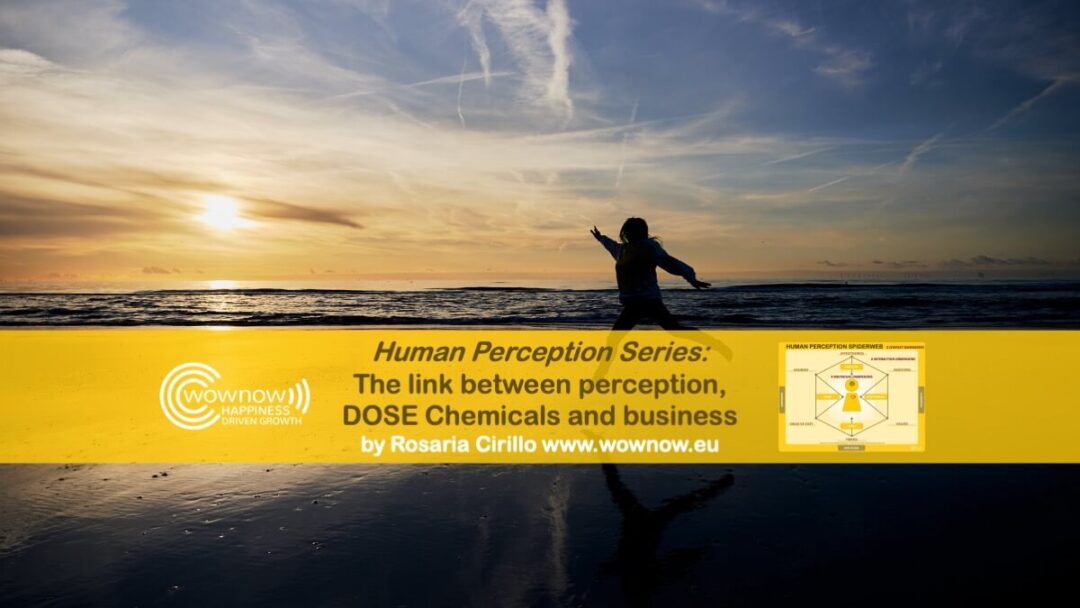

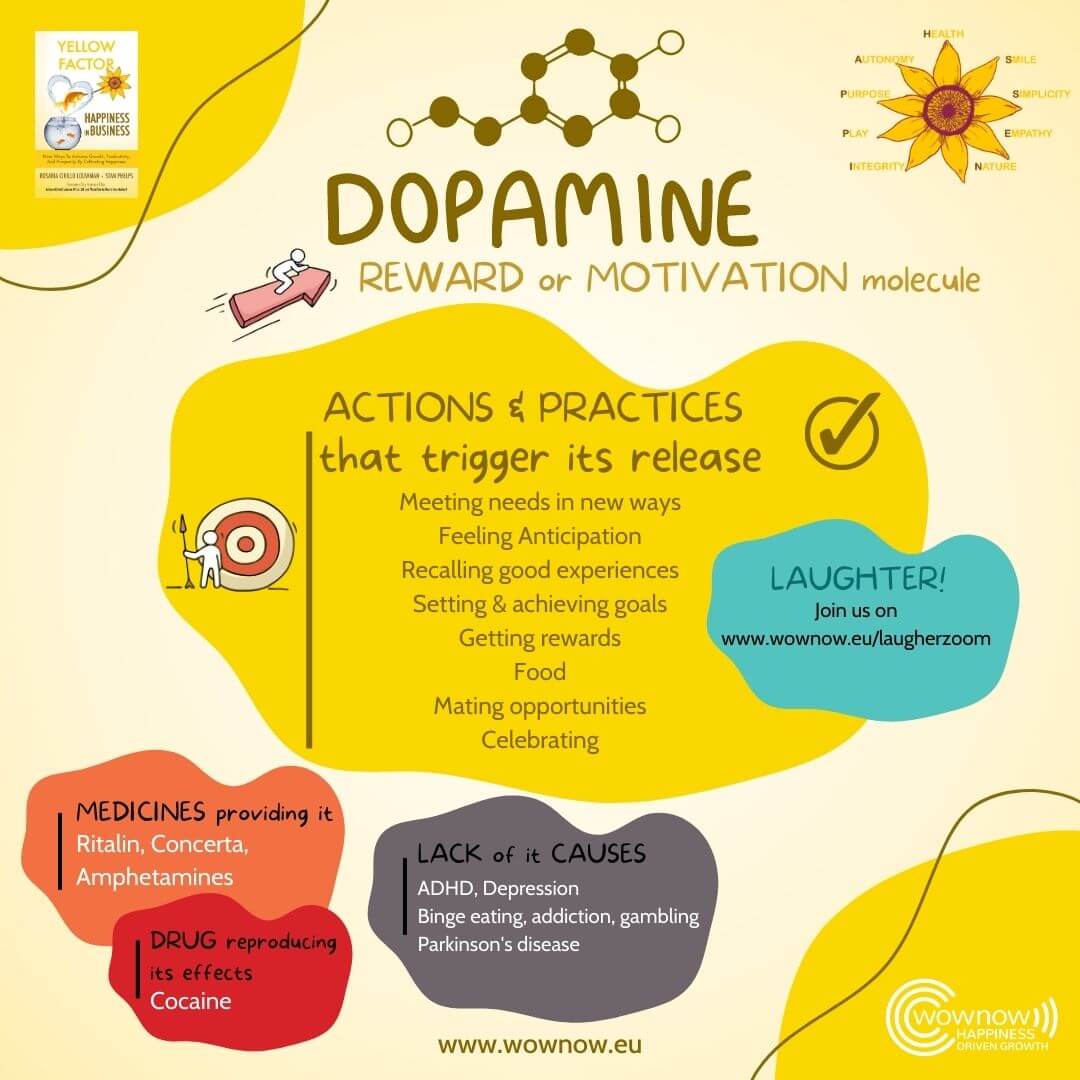


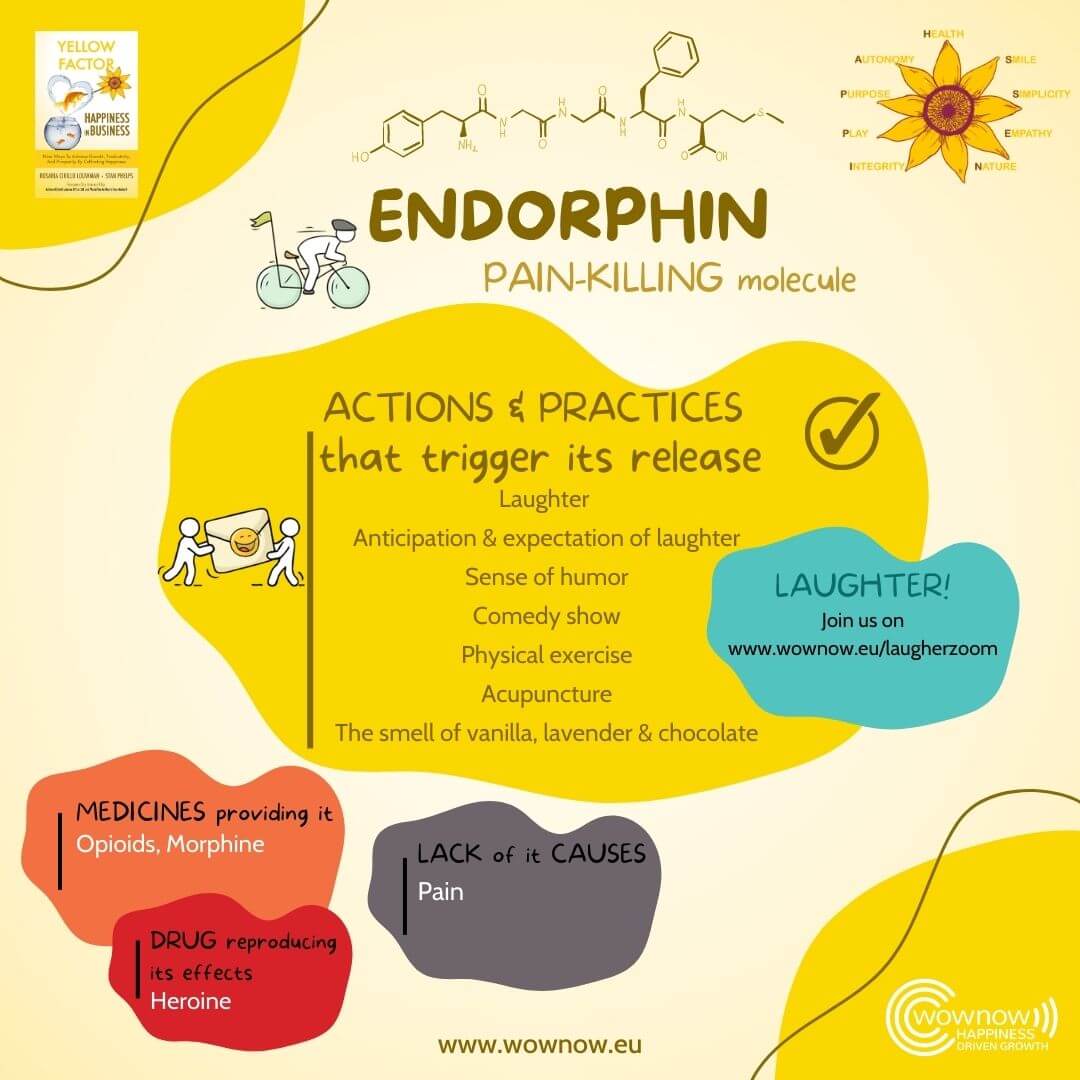

 A (little Italian) sunshine of energy, enthusiasm, and passion, with a mission to bring more happiness in the world one interaction at the time, the business world being my chosen playground!
I inspire and empower conscious leaders to nurture their happiness (moving from depleting to enriching emotions) and to move from depleting to enriching experiences, choosing, designing, and delivering WOW life-enriching interactions that contribute to everyone’s HAPPINESS, so they can achieve business and personal prosperity, making happiness their competitive advantage
A (little Italian) sunshine of energy, enthusiasm, and passion, with a mission to bring more happiness in the world one interaction at the time, the business world being my chosen playground!
I inspire and empower conscious leaders to nurture their happiness (moving from depleting to enriching emotions) and to move from depleting to enriching experiences, choosing, designing, and delivering WOW life-enriching interactions that contribute to everyone’s HAPPINESS, so they can achieve business and personal prosperity, making happiness their competitive advantage 